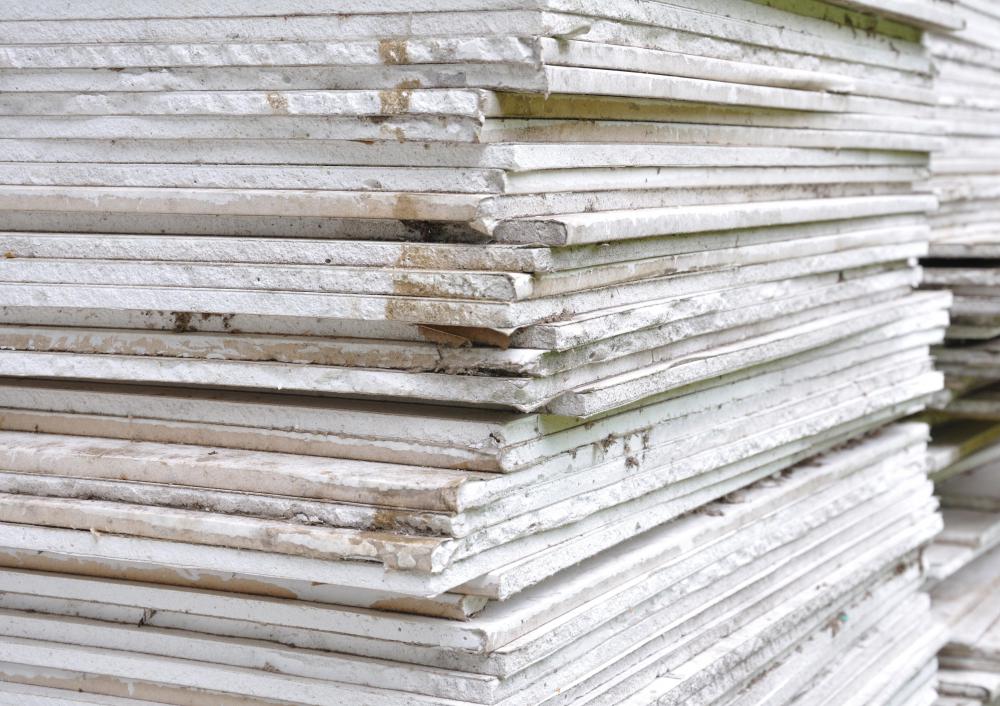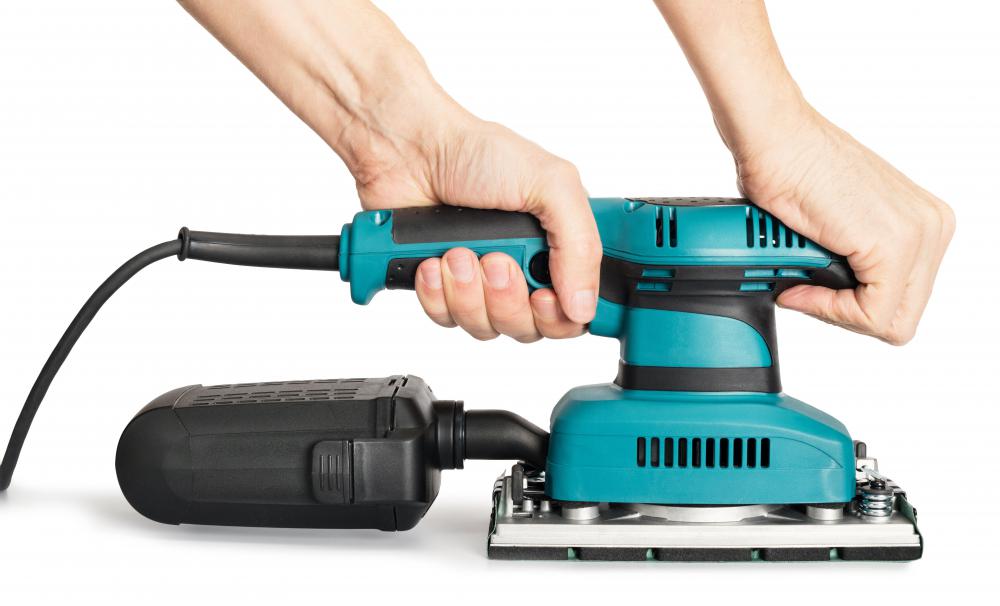At WiseGEEK, we're committed to delivering accurate, trustworthy information. Our expert-authored content is rigorously fact-checked and sourced from credible authorities. Discover how we uphold the highest standards in providing you with reliable knowledge.
How do I Choose the Best Drywall Suppliers?
Drywall suppliers typically include home improvement stores and lumber yards. Some areas have drywall suppliers that specialize in drywall and related products. Nearly all suppliers have delivery services available. To choose the best drywall suppliers, determine which ones not only deliver the product but have job-site stocking services as well. Suppliers that specialize in drywall generally provide the best service at the most reasonable cost.
National and international home improvement chains offer drywall in various types and sizes. Drywall is manufactured in standard lengths, widths and thickness. Some drywall products are moisture-resistant, and some are fire-retardant. The large home improvement chains carry most types of drywall. Most drywall related products are usually in stock at these retail stores.

Specialty drywall suppliers might not be available in all areas. This type of supplier sells only drywall and related products. Its delivery trucks are specially designed to transport and deliver drywall efficiently. The delivery crew is prepared to stock the job for an additional fee. Drywall is heavy and awkward, so the services of the stocking crew might be well worth the additional cost.

The best drywall suppliers carry a full line of drywall-related supplies. The installation of drywall might require nails, screws and glue. The correct types of these products are necessary to insure a good installation. The drywall supplier should be able to guide you through the proper selection and correct installation techniques. Drywall is difficult to install, which necessitates doing it right the first time.

The tools required to install drywall are available from the drywall supplier. The basics are drywall hammers, utility belts, utility knives, drywall saws and caulking guns used to apply drywall adhesive. These are the basic tools, but many more are available. Drywall squares and electric-powered cutting tools are used by professionals. Jacks and lifts can be used to hold ceiling panels in place during installation.

Professional tools can be purchased or rented by the day. The drywall supplier might rent the tools or guide you to the nearest tool rental. The remaining supplies needed to complete the installation are finishing products. Drywall is typically finished with joint compound. Joint compound is very heavy and should be delivered along with the drywall.
A dry-packaged, setting-type joint compound sets up in less than one hour, allowing multiple coats the same day. Seam tape is needed for drywall joints and corners. Paper and mesh products are available. Assorted trowels and hand buckets provide the means for the application of joint compound. Electric and hand sanders might be necessary for the final finish.
AS FEATURED ON:
AS FEATURED ON:














Discuss this Article
Post your comments